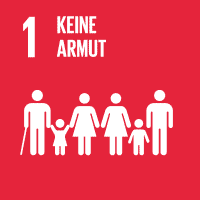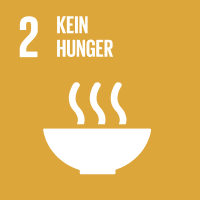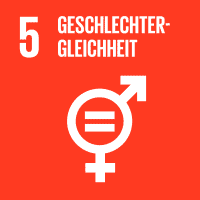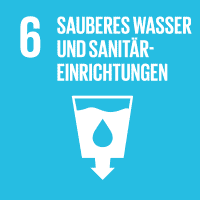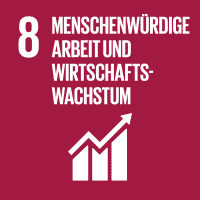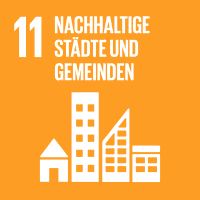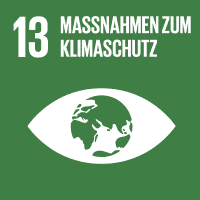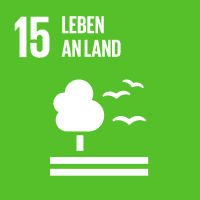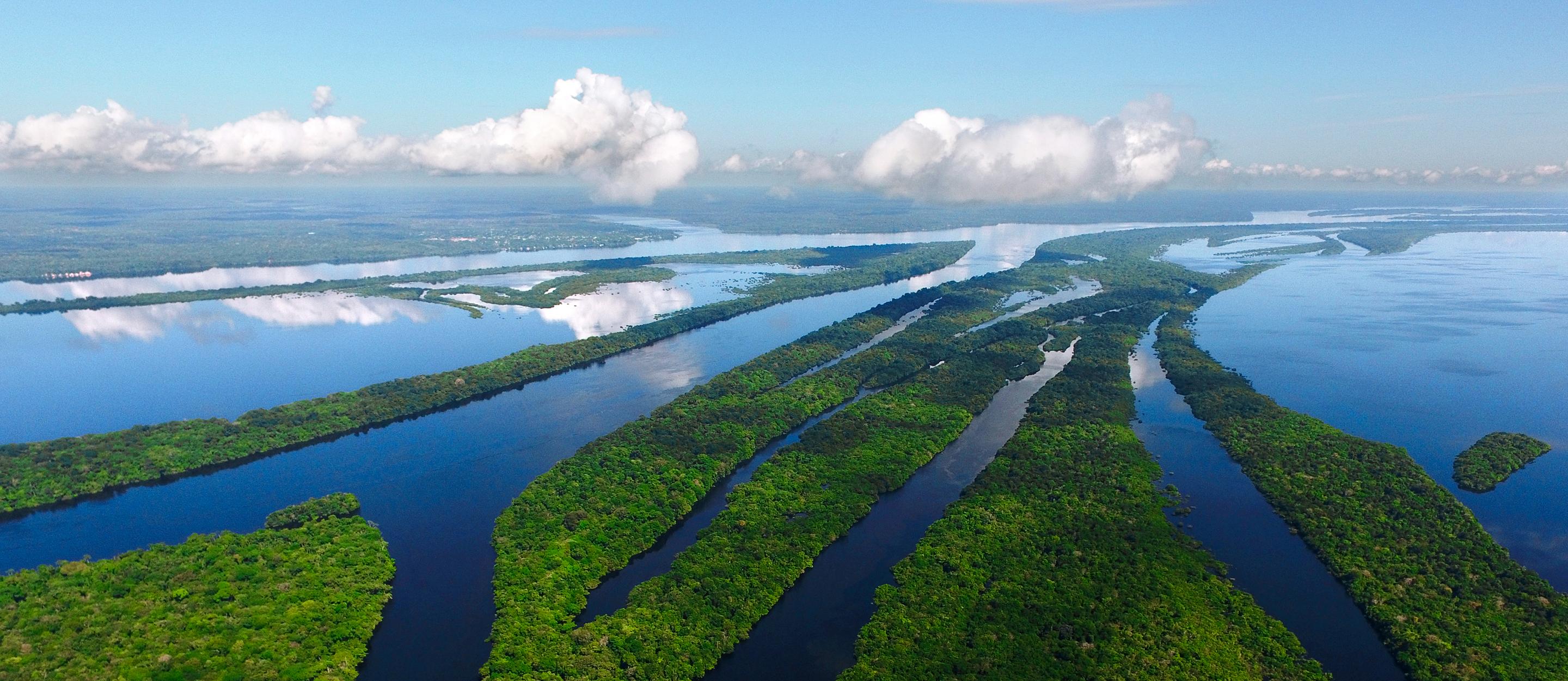 GIZ Brasilien
GIZ Brasilien
President Lula’s forestry policy bears fruit
Focus on forest conservation: GIZ supports Brazil in protecting the Amazon region in many ways.
It was a grand gesture and a unique initiative: last year, Brazil’s President Luiz Inácio Lula da Silva proposed holding the 2025 Climate Change Conference in Brazil. To be more precise, he suggested the northern Brazilian city of Belém, on the edge of the Amazon jungle and on the banks of the Amazon River. His idea could hardly have been more fitting: the world visiting the rainforest – which plays a pivotal role in all of our futures. If the Amazon were to fall, it would have unforeseen consequences for the entire global climate and for humanity as a whole.
Lula’s highly symbolic proposal once again underlined what he wants to stand for as president: a reversal of the forestry policy pursued by his predecessor, Jair Bolsonaro. Under his rule, deforestation in the Amazon region reached record levels. He dismantled authorities and weakened laws designed to protect the world’s largest rainforest. ‘It was like the Wild West,’ says Christian Lauerhaß, the responsible Programme Manager at GIZ, summarising the time. But that has now changed.
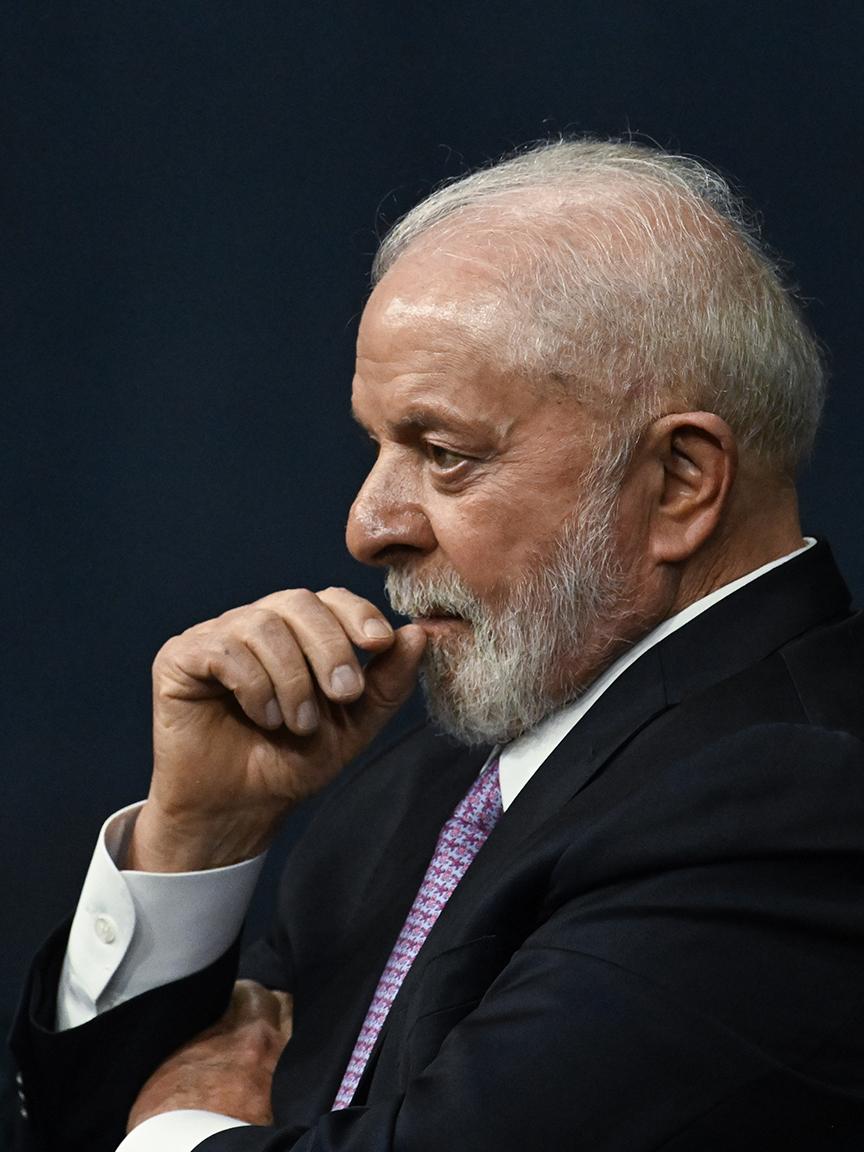 picture-alliance/dpa
picture-alliance/dpa
Luiz Inácio Lula da Silva, Brazil’s President
From 2019 to 2022, the rate of deforestation in the Amazon increased to around 11,500 km2 per year.
Stop deforestation: Recovery for the Amazon rainforest
You can tell from the figures: under Bolsonaro’s government from 2019 to 2022, the rate of deforestation in the Amazon increased to around 11,500 km2 per year and reached its highest level since 2008. In the meantime, it has fallen by around 22 per cent. It is important to note that a ‘forest year’ in Brazil runs from August until the end of July. The first available summary since Lula took office in Brasília therefore also includes the last few months under Bolsonaro, in which ‘everything that could be uprooted was uprooted.’ This means that the first full year under Lula is likely to be even more favourable.
However, this is an absolute must if the President wants to achieve his goals. By 2030, the aim is for the rate of deforestation to fall to zero – ‘desmatamento zero’ is his target. Lula has proven that he can reverse deforestation, not only since taking office in 2023, but also during his first two terms in power – this being his third – between 2003 and 2011, when the rate of deforestation fell from around 27,000 to 4,500 km2. He was assisted at the time by his determined Environment Minister Marina Silva, who has now again taken up the same role. After the first period under Lula, deforestation increased again, first under President Dilma Rousseff and then massively under President Jair Bolsonaro.
Holding out during Bolsonaro’s presidency
Germany maintained its commitments as far as possible during this period. At GIZ, ‘we tried to keep up what we had achieved, both in terms of our expertise and our contacts,’ says Lauerhaß. With Lula’s return and his ‘zero deforestation target’, cooperation picked up speed again.
Payments to the world’s largest forestry protection fund, the Amazon Fund, which were suspended for a time, have been resumed. The fund was founded in 2008 by the Brazilian Government and the Brazilian Development Bank (BNDES) in order to mobilise additional funds to protect the Amazon. In addition to the main donor, Norway, Germany was also involved on behalf of the German Federal Ministry for Economic Cooperation and Development (BMZ) – pledging USD 90 million, of which USD 35 million was not granted until 2023 (via KfW).
 GIZ Brasilien
GIZ Brasilien
The UK, the USA and Japan are now also participating in the Amazon Fund, and other countries may follow. It currently has a total volume of around USD 1.3 billion. On behalf of BMZ, GIZ is supporting the BNDES team with implementation, knowledge building and communication. ‘We have advised BNDES from the very beginning in its transformation from a major infrastructure financier to a fund manager for forestry conservation,’ says Lauerhaß, summarising GIZ’s achievements over the years. The more efficient BNDES became, the more GIZ was able to focus on applicants. It is currently supporting various Brazilian federal states in developing projects to protect the Amazon region with money from the fund.
GIZ’s growing project portfolio in forestry conservation
However, the Amazon Fund is just one – albeit major – part of GIZ’s extensive portfolio of forestry conservation projects. This includes setting up an environmental register to clarify land ownership, supporting the rights of indigenous and traditional people and establishing sustainable production and supply chains. This also includes advising national and local authorities on how best to implement the action plan to prevent and control deforestation.
Recently, more funds were added for both ongoing projects and new projects, while others are currently being planned and prepared. In addition to BMZ, the German Federal Ministry for Economic Affairs and Climate Action and the German Federal Foreign Office are also involved. This is because the Amazon is central to global climate action and biodiversity protection, meaning even an emerging country like Brazil needs international support to preserve the world’s largest rainforest.
 GIZ Brasilien
GIZ Brasilien
Christian Lauerhaß, Programme Manager at GIZ Brazil
Lula’s plan: the right direction
Lula’s policies are not meeting with undivided approval in Brazil, as many people are focused on securing their own existence, Lauerhaß notes. The country is large, the Amazon is far away and many people have other concerns. ‘That’s why, in addition to the specific projects, our task here is also to repeatedly bring up the topic and keep it on the agenda so that it remains a priority.’
The Government has less than six years to reduce deforestation from 11,500 km2 per year to zero. ‘It will be difficult,’ says Lauerhaß. Not least because a growth acceleration programme, which Lula has also launched, could worsen environmental problems. ‘However: things are heading in the right direction.’
